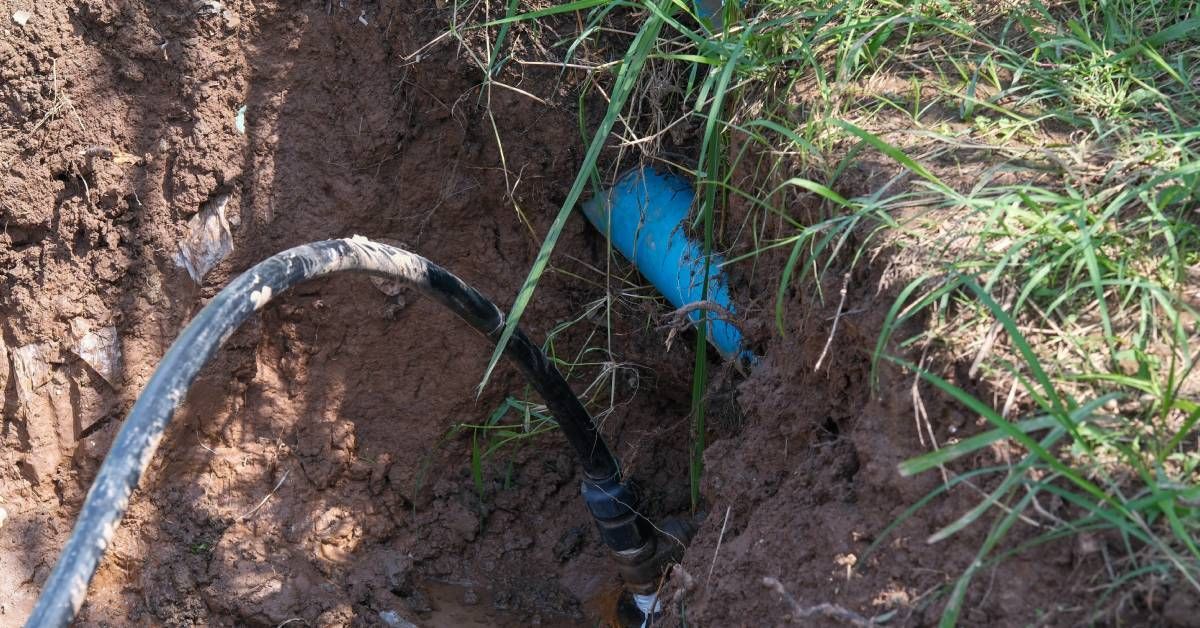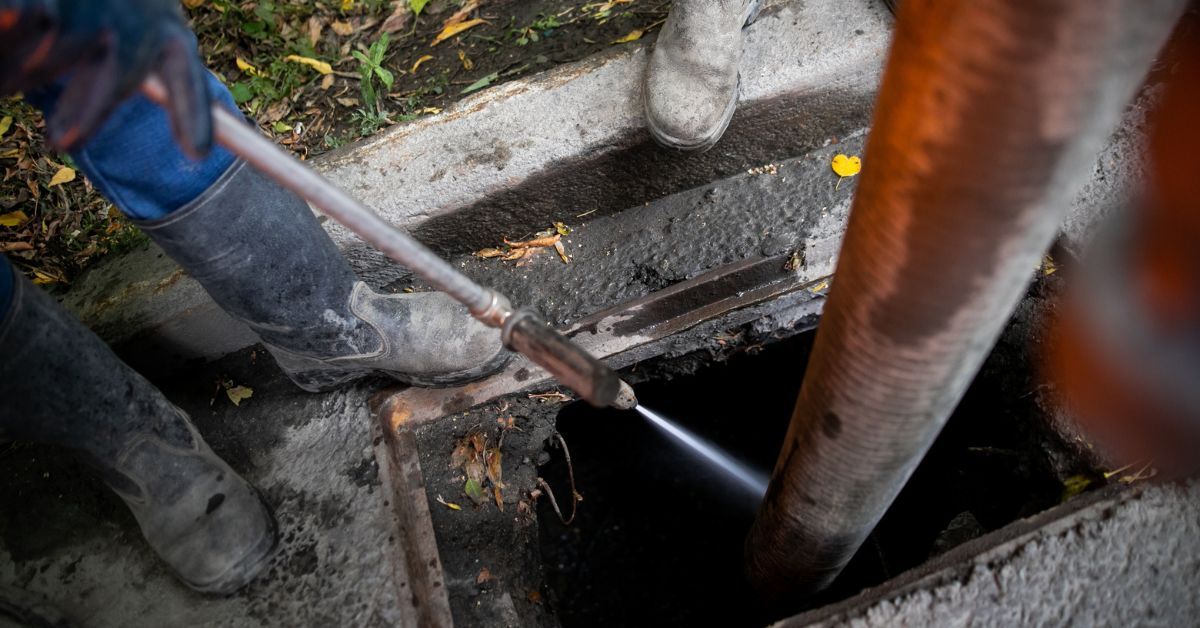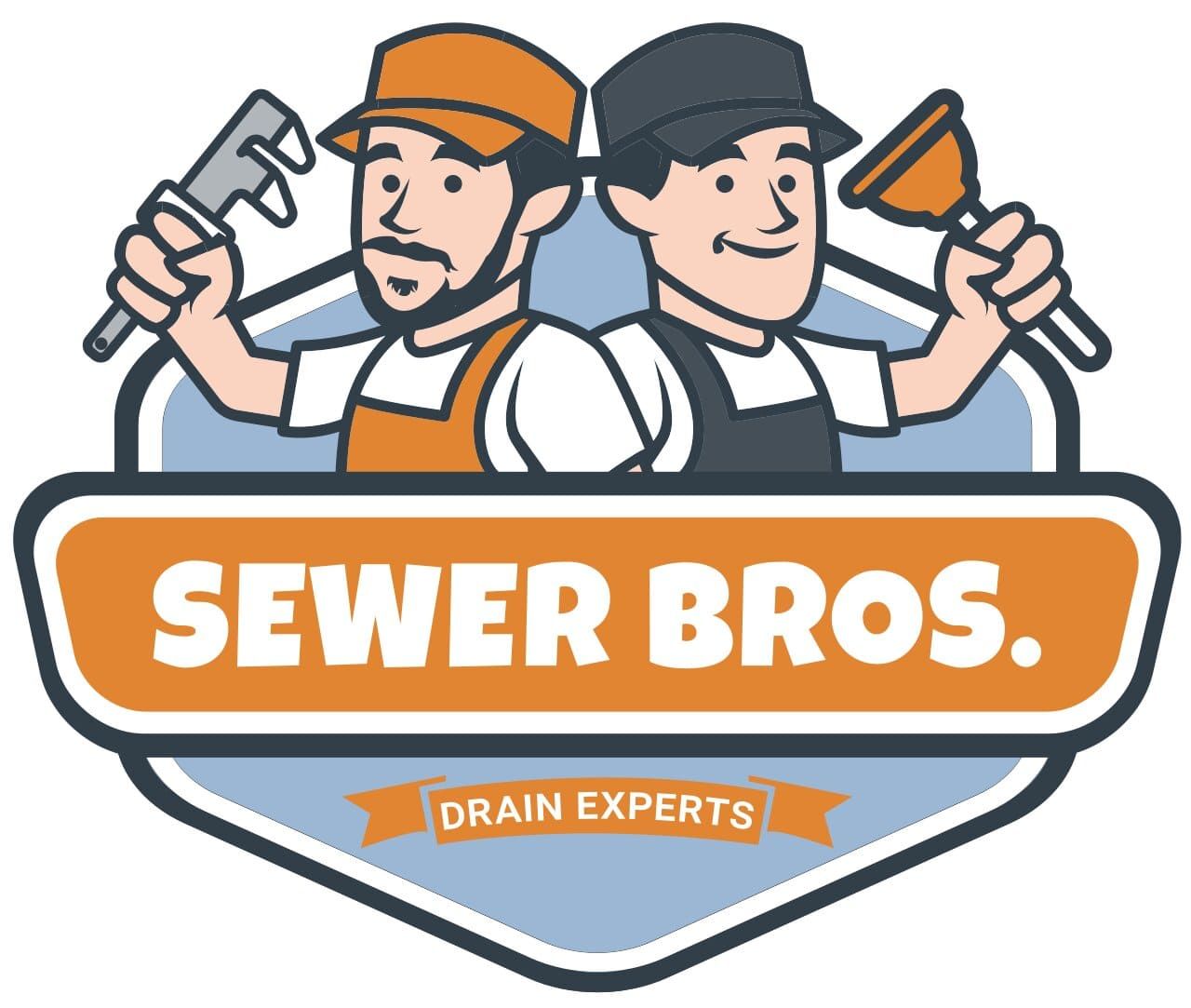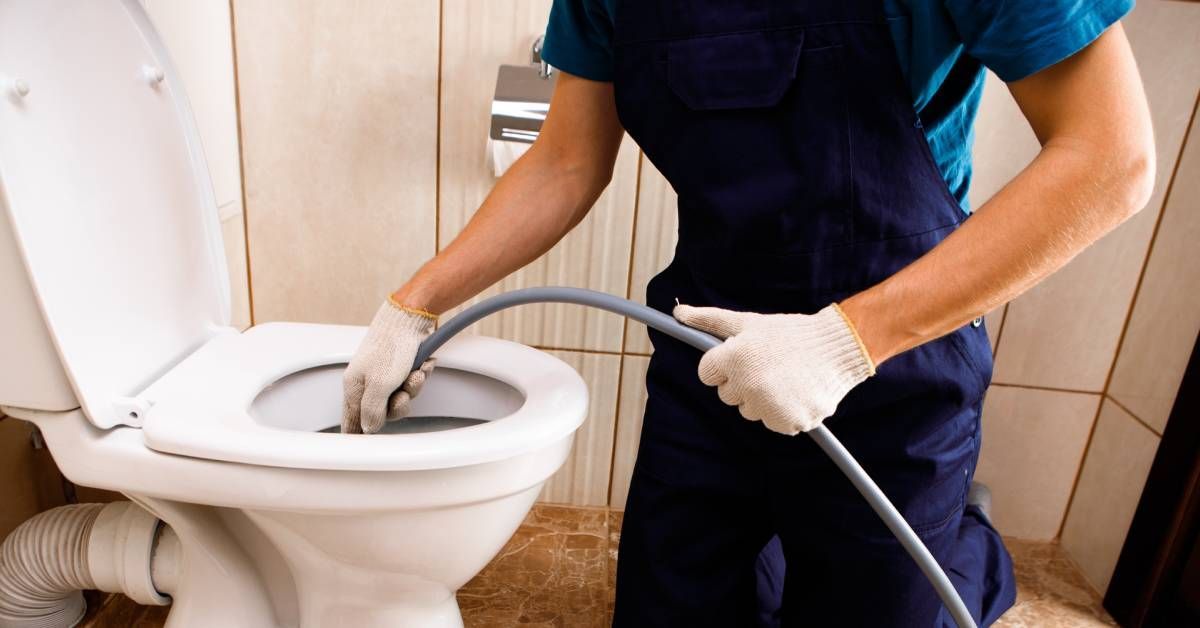8 Signs It’s Time To Have Your Sewer Lines Inspected
Your home’s plumbing system is something you likely don’t think much about until something goes wrong. However, sewer line inspections are a big part of maintaining a functional, problem-free property.
For homeowners and property managers, knowing when to schedule a sewer line inspection can save time, money, and stress by addressing issues before they become major problems. This post will guide you through the basics of sewer line inspections and the signs it’s time to schedule one through a professional service such as our team here at The Sewer Bros.
What Is a Sewer Line Inspection?
A sewer line inspection involves examining the pipes that carry wastewater from your property to the municipal sewer system. Using advanced equipment such as cameras, a professional plumber can identify blockages, cracks, tree root intrusions, and other issues. This diagnostic process assesses problems so homeowners can schedule quick, accurate repairs.
Inspections involve minimal disruption and provide an accurate view of your sewer system’s condition. Professionals recommend them as preventive measures or when you suspect there might be an underlying issue with your plumbing, the signs of which we will explore.
8 Signs To Schedule a Sewer Line Inspection
If you don’t check your sewer lines regularly, undiscovered issues can lead to backups, property damage, or even environmental issues. Below are some of the most common warning signs that it may be time to reach out to a professional.
1. Slow Drainage Problem
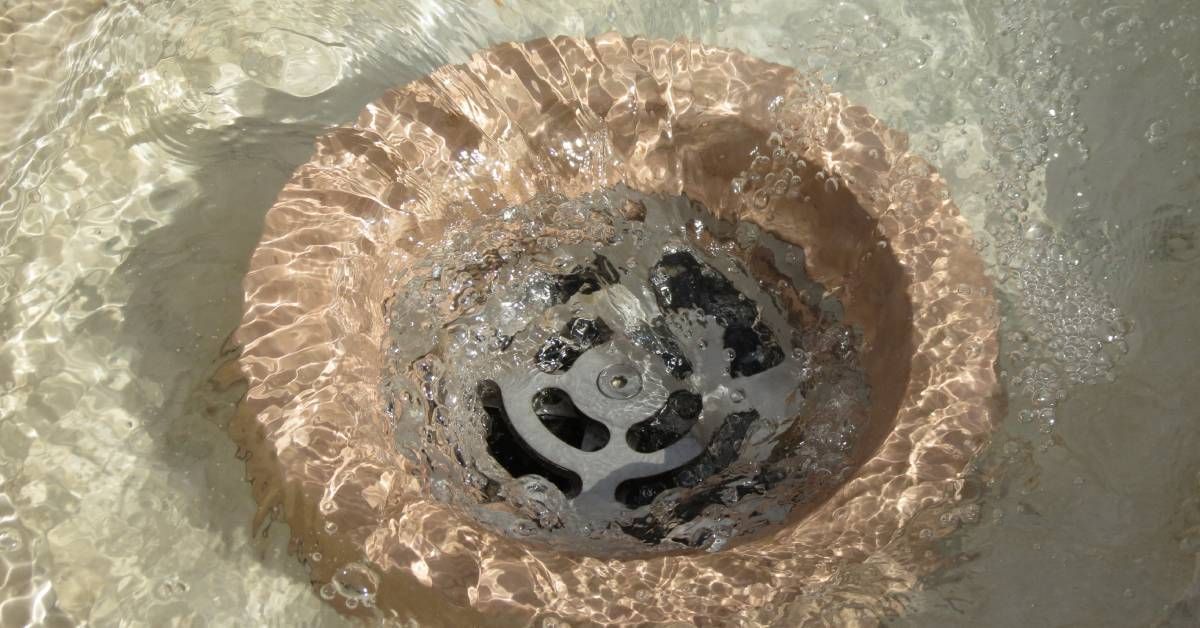
Have you noticed water taking longer than usual to drain from your sinks, showers, or bathtubs? While it might seem like a simple clog at first, persistent slow drainage is often a sign of a bigger issue. It could indicate a blockage deep within your sewer line from a buildup of debris, grease, or even tree roots.
Ignoring this problem can lead to more serious complications, such as complete blockages or pipe damage. This issue typically requires professional attention to locate and clear the obstruction before it escalates into a costly repair.
2. Unpleasant Odors
A foul smell coming from your drains is an unpleasant occurrence as well as a warning sign of trouble within your sewer system. Sewer gas should stay sealed inside the pipes, but when leaks or blockages occur, those odors can escape into your home. If you don’t investigate, you could incur more extensive damage or health hazards due to exposure to harmful gases.
3. Gurgling Sounds
Have you ever heard strange gurgling noises coming from your drains? This unsettling sound often stems from trapped air in the pipes, which occurs when a blockage disrupts the normal flow of wastewater.
This red flag signals your sewer lines might be experiencing a problem, such as a partial clog or narrowing of the pipes due to buildup. Gurgling noises are usually an early warning sign, so addressing them quickly can prevent more severe issues down the line.
4. Sewage Blockages
Discolored wastewater backing up into your sinks, toilets, or bathtubs can be alarming to homeowners. This is a clear indication of a sewer line problem and often occurs when a major clog or blockage forms in the main sewer line.
These blockages can result from items like grease, non-flushable materials, or invasive tree roots. If you don't address them, sewage blockages can lead to extensive property damage, unsanitary conditions, and expensive repairs. Prompt investigation and resolution can prevent further complications.
5. Inconsistent Water Pressure
Water pressure that fluctuates without explanation may signal more than just a temporary issue with your local water supply. These inconsistencies could come from a leak, buildup, or other damage within the pipes connecting your property to the sewer system.
Leaks or blockages can impact water flow, leading to pressure drops or surges. Identifying the source of the problem early can prevent additional strain on your plumbing system and limit costly repairs.
6. Visible Cracks or Damage to Sewer Lines
If you notice cracks, leaks, or pooling water around your property, it could be a sign of sewer line damage. This visible damage may stem from ground movement, aging pipes, or tree root intrusion. Cracked or broken pipes can lead to water leakage, increased utility bills, and even structural damage to your property. Address these issues as soon as possible to prevent further deterioration and costly repairs.
7. Mold Growth Around Pipes

Mold growth around your pipes is a telltale sign of excess moisture, which often comes from small leaks. These leaks may seem minor at first but could indicate a bigger issue inside your sewer lines. Mold thrives in damp environments and can spread quickly if you don’t address the source of the moisture problem.
8. Older, Aged Pipes
If your property is older and you haven’t updated the plumbing in a while, it’s more susceptible to sewer line issues like wear and tear, corrosion, and cracks, which can lead to leaks or blockages. Properties with older piping systems should prioritize regular inspections to identify weak points before the plumbing fails.
Proactive maintenance can extend the lifespan of your sewer lines and save you from sudden, costly repairs.
What To Expect During the Sewer Line Inspection Process
When scheduling a sewer line inspection, you may wonder what the process involves. Fortunately, it’s minimally invasive and straightforward. Most professionals use a small, high-resolution camera attached to a flexible cable, which they insert into the sewer line. The camera feeds live footage to the plumber, allowing them to see the situation inside the pipes.
During the inspection, the professional may identify blockages, cracks, or other abnormalities. After pinpointing the problem, the plumber can recommend the most effective solution, whether it’s a simple cleaning or more extensive repairs. Inspections usually take about an hour, depending on the complexity of the system, and provide terrific insight into your plumbing’s overall health.
Where To Find a Sewer Line Inspection Service
Finding a reliable professional is essential when it comes to sewer line inspections. Look for a provider with excellent customer reviews, proper licensing, and proven expertise in sewer line maintenance.
If you’re looking for a local company that checks all these boxes and more, trust The Sewer Bros for your residential sewer camera inspection in Salem, MA. We have the latest camera technology to help you get a better idea of what’s going on inside your home or property’s sewer system.
Proactive Sewer Line Maintenance Pays Off
Regular sewer line inspections are an invaluable practice for both homeowners and property managers. Identifying and addressing issues early can save you from the stress, expense, and potential damage of unchecked sewer problems. If you’re experiencing any of these signs it’s time for a sewer line inspection, acting promptly can save your pipes from more damage.
Don’t wait for a small issue to turn into a bigger problem. Take control of your property’s plumbing system today by scheduling a professional sewer line inspection with The Sewer Bros.
You might also like
Blog
